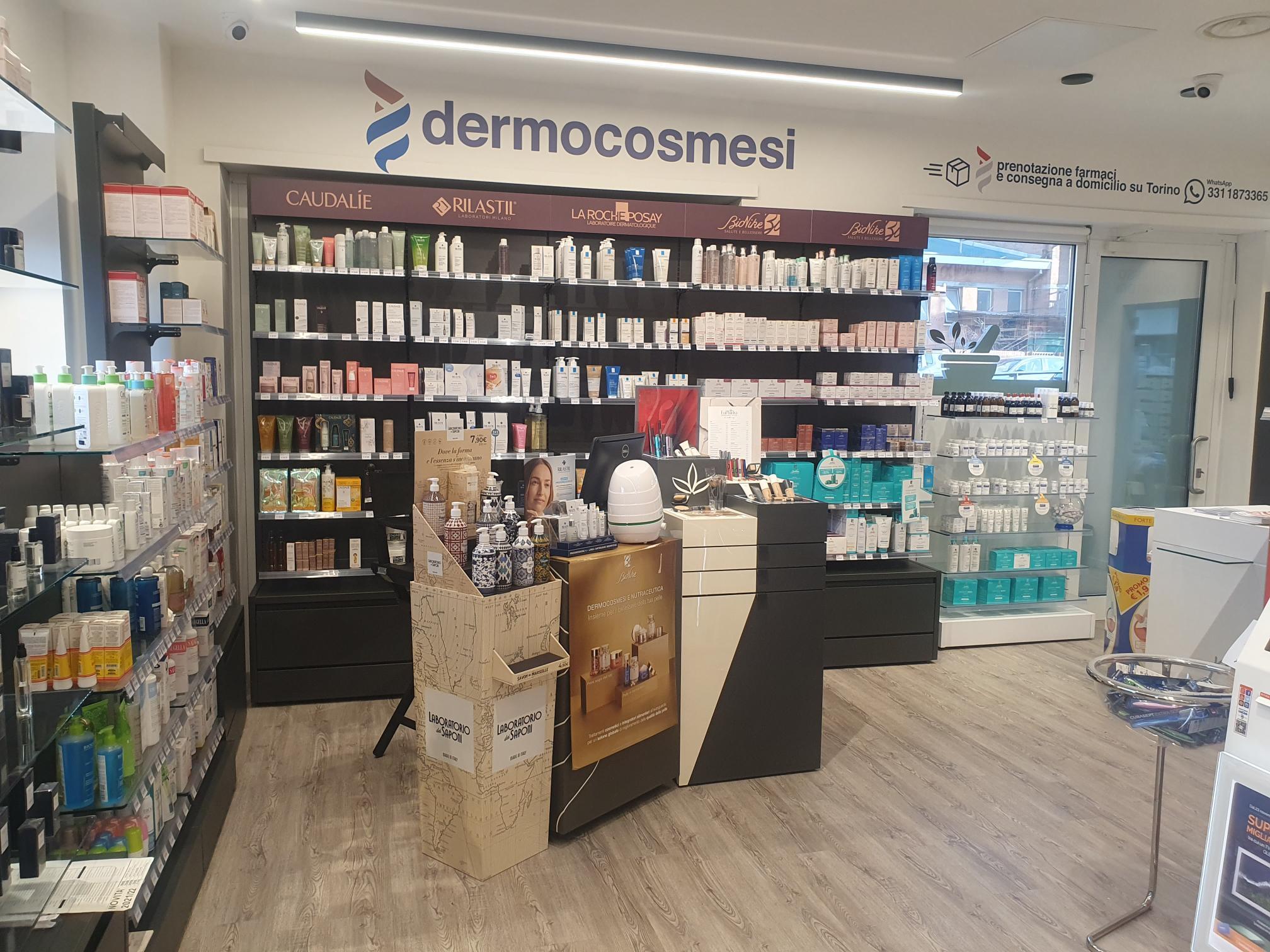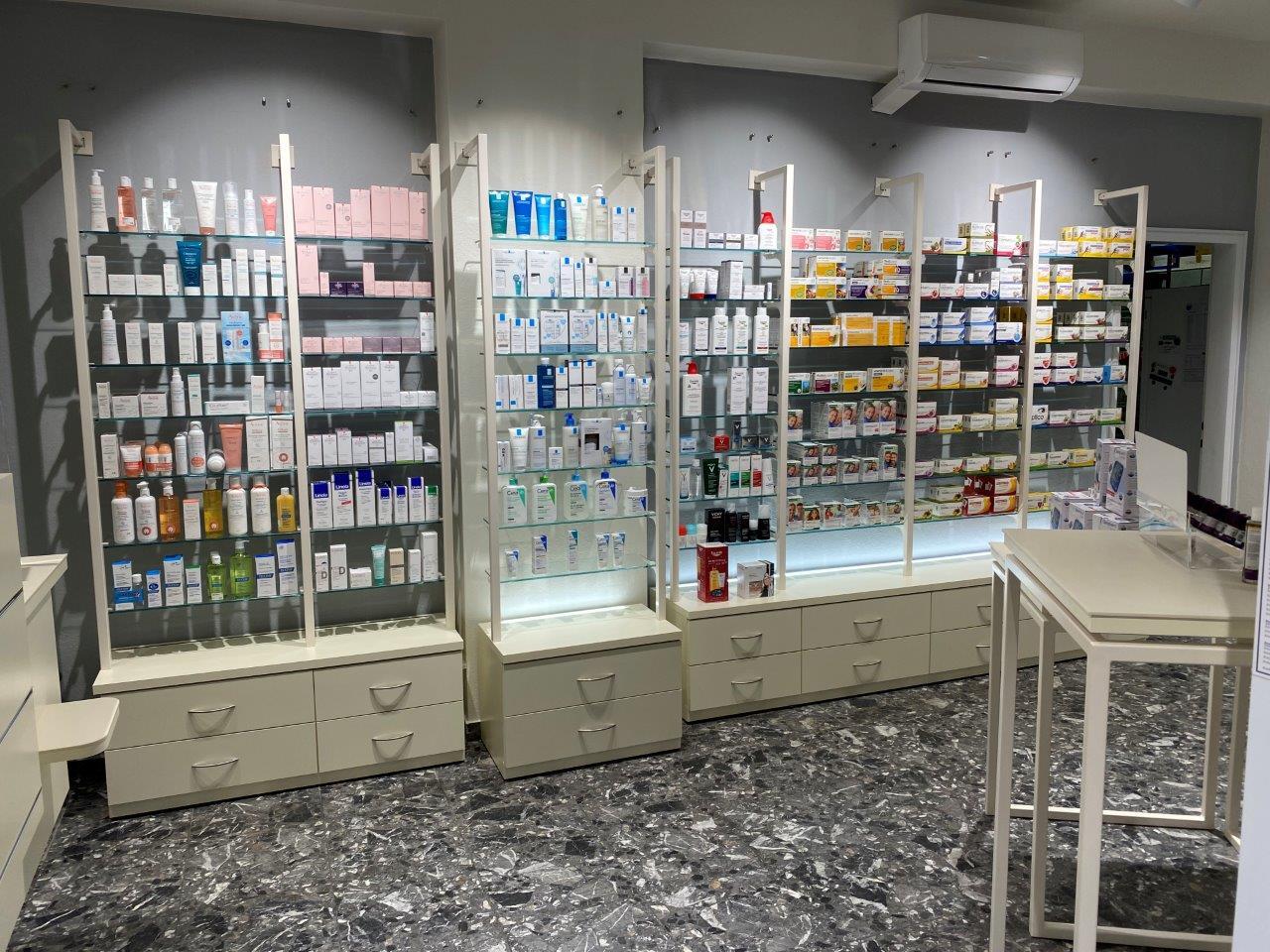Pharmacy Drawers – Optimize Your Medical Storage

Introduction to Pharmacy Drawers
The European pharmaceutical sector is undergoing a major transformation, with the storage services market valued at $1.32 billion in 2024 and showing 6.2% annual growth. This trend goes hand in hand with growing demand for optimized storage solutions that meet modern requirements for safety, efficiency, and regulatory compliance.
Pharmacy drawers are now among the most promising innovations for transforming pharmacy organization. These specialized storage systems go far beyond traditional solutions by offering a structured and methodical approach to medical storage. Their design addresses pharmacists’ daily challenges: space optimization, quick access to medicines, and maintaining appropriate storage conditions.
According to pharmacy design specialists, a well-designed storage system not only looks attractive but also improves workflow, maintains medication safety, and allows pharmacists to work efficiently. The adoption of modern pharmacy drawer columns enables pharmacies to maximize their storage capacity while significantly improving operational efficiency.
What is a Pharmacy Drawer?
A pharmacy drawer is a highly specialized storage module designed to meet the strict requirements of pharmaceutical storage. Unlike general-purpose storage solutions, these drawers integrate specific technical features: materials compatible with pharmaceuticals, secure locking systems, and adaptable modular configurations.
Organized drawer systems allow pharmacy staff to quickly identify and retrieve medicines, greatly reducing the time spent searching for items. This streamlining of workflow leads to faster prescription processing and increases the number of clients that can be served daily.
Types of Pharmacy Drawers and Return on Investment
The variety of pharmacy drawers available reflects the wide range of needs expressed by modern pharmacies. Vertical drawer columns maximize the use of vertical space, particularly suited for restricted spaces where every square meter counts. These solutions create high-density storage areas without compromising accessibility.
Industry data reveals significant quantifiable benefits. Automated storage systems typically generate 20–40% space savings and 15–30% efficiency gains, with a return on investment generally achieved within 2–4 years. These improvements mainly come from reducing search times and optimizing workflow.
Specialized pharmacy drawer columns meet particular product requirements. Refrigerated drawers maintain the required temperature conditions for thermosensitive medications, while secure modules with electronic locks ensure compliant storage of controlled substances. This technical specialization is crucial in a context where compliance with strict regulatory standards continues to drive demand for high-quality, technologically advanced storage services.
Regulatory Compliance and Technical Standards
Pharmaceutical storage in Europe imposes strict requirements that pharmacy drawers must meet. Medicine storage cabinets must be constructed from metal and comply with BS 2881, which specifies design requirements for physical security and durability.
Security requirements for controlled substances are particularly strict. Cabinets or safes dedicated to storing controlled drugs must be secure, used exclusively for that purpose, and meet specific legal requirements concerning locking mechanisms and restricted access.
Temperature control and monitoring are critical imperatives, as most medicines are sensitive to thermal variations. Automated systems must integrate alarms and recording functions to keep medicines within required temperature ranges.
Traceability is also a major issue. Storage systems must facilitate the traceability of stored medicines and allow for efficient stock rotation with clear audit trails, in line with European serialization and recall preparedness directives.
Operational Benefits and Sector Expertise
The adoption of professional pharmacy drawers generates measurable benefits at several operational levels. As experts at Retail Designs Inc. explain, flexibility is at the heart of their modular philosophy. This ability to reconfigure based on changing inventory needs is particularly valuable for growing pharmacies or those undergoing procedural changes.
Drawer organization minimizes the possibility of medicine mix-ups and incorrect dispensing, supporting safer dispensing practices. Specialists highlight that these systems reduce search times, improve order accuracy, and minimize clutter, directly impacting patient service capacity.
Improved customer experience naturally results from greater operational efficiency. By reducing waiting times and improving medicine availability, organized drawer systems contribute to a smoother and more reliable customer experience. This service optimization strengthens customer satisfaction and encourages loyalty.
Materials and Manufacturing of Drawers
Pharmaceutical requirements impose particularly strict material standards for pharmacy drawers. Pharmaceutical-grade stainless steel (AISI 304 or 316) is the reference material due to its corrosion resistance, ease of cleaning, and chemical compatibility with pharmaceutical products. These properties ensure the integrity of stored medicines.
CAEM Group, a specialized drawer manufacturer with over 60 years of expertise, develops solutions using precision-engineered materials meeting the highest standards. Their systems incorporate robust finishes that resist wear, frequent cleaning, and disinfection—key requirements for pharmaceutical environments.
Compliance with Good Manufacturing Practice (GMP) and specific pharmaceutical guidelines requires cleanable, robust surfaces to minimize contamination risks, as well as appropriate separation of different types of medicines. Manufacturing processes prioritize modularity and streamlined assembly, ensuring consistent quality while optimizing delivery times.
Technical Features and Specifications
Modern pharmacy drawers include sophisticated technical features that optimize daily use. Silent sliding systems use precision bearing mechanisms to ensure smooth opening even under heavy load, maintaining the quiet environment required in pharmacies.
Full extension is an essential specification, allowing complete access to contents with no blind spots. This feature greatly facilitates storage and retrieval operations, especially during peak activity. Automatic locking systems secure contents and support regulatory compliance by providing dedicated, secure compartments aligned with legal requirements.
Technical specifications generally include load capacities of 50 to 150 kg per drawer, standard modular dimensions (widths from 400 to 1200 mm, depths from 500 to 800 mm), and adjustable heights depending on column configurations. Pharmacy drawer columns include modular dividers for personalized organization according to the dimensions and types of stored products.
Installation and Maintenance
Installation of professional pharmacy drawers benefits from the evolution of modular systems toward greater simplicity. Pre-assembled structures significantly reduce installation times while ensuring assembly accuracy. This approach minimizes operational disruptions, which is especially crucial in pharmacies where service continuity is a priority.
Major pharmacy chains and pharmaceutical logistics providers are increasingly investing in centralized, temperature-controlled warehouses and automated medication management systems to improve efficiency and compliance. This trend underscores the importance of choosing systems compatible with future technological developments.
Preventive maintenance for drawer columns is generally limited to simple protocols: regular cleaning with pharmaceutical-compatible products, periodic lubrication of sliding mechanisms, and regular checks of locking system functionality. The robustness of the materials used extends maintenance intervals while reducing operating costs.
Considerations for Choosing Pharmacy Drawers
Selecting suitable pharmacy drawers requires a methodical evaluation of each pharmacy’s specific needs. The daily volume of medicines handled determines capacity and accessibility requirements. Pharmacies are subject to strict regulations regarding the storage of controlled substances and drugs, necessitating systems that provide dedicated, secure compartments.
Assessment of available space guides the choice between different configurations. This spatial analysis directly influences final operational efficiency and potential return on investment. Compatibility with existing systems is an important technical criterion, as modern pharmacy furniture must integrate seamlessly with current fittings and established work protocols.
Scalability is an investment in sustainability. Modular systems allow for future adaptations without complete replacement, protecting the initial investment. Germany leads the region in adoption and investment, holding the largest share of storage and stability market revenues in 2024, demonstrating the strategic importance of these investments.
Customization and Tailored Solutions
Customization of pharmacy drawers goes beyond mere aesthetic adaptation to encompass true functional optimization. Custom dimensions allow for full use of available spaces, even in complex architectural layouts, maximizing spatial return on investment.
CAEM Group offers highly customizable solutions thanks to its in-house design team capable of creating bespoke drawer configurations. This expertise allows perfect adaptation of pharmacy drawer columns to the specific aesthetic and functional requirements of each pharmacy. Color and finish options harmonize with the pharmacy’s visual identity.
As new medicines become available, modular drawer systems can be easily reconfigured to accommodate changing inventory needs. This adaptability supports pharmacies in staying agile amid market changes, preserving the value of the initial investment.
Current Trends and Innovations
Innovation in pharmacy drawers is accelerating with the sector’s digitalization. There is a significant trend toward digitizing logistics and storage operations, with companies establishing additional international hubs and deploying new technologies to expand and optimize storage and distribution networks.
Smart drawer systems now integrate IoT sensors for real-time tracking of stock levels, temperature, and humidity conditions. This connectivity transforms traditional drawer columns into predictive management systems capable of anticipating replenishment needs and alerting for non-compliant storage conditions.
Major pharmacy chains and logistics providers have begun implementing smart inventory management platforms and robotics in storage and fulfillment to reduce errors, improve safety, and support regulatory traceability requirements. These innovations reduce human error while speeding up dispensing processes.
Environmental sustainability is influencing new generations of pharmacy drawers. Recyclable materials, eco-friendly manufacturing processes, and design for reuse are becoming increasingly important selection criteria, addressing environmental concerns while anticipating future regulations.
Conclusion and Future Prospects
The evolution of pharmacy drawers is part of a broader transformation of the European pharmaceutical sector, with the European stability storage services market expected to reach around $795 million annually by 2030. This growth reflects the strategic importance placed on improved medication storage and management capabilities.
Modern pharmacy drawer columns are much more than just a storage solution: they are strategic tools for operational optimization. Their impact on efficiency, safety, and customer satisfaction makes them profitable investments for any pharmacy seeking to modernize its practices. As industry experts emphasize, organized drawer systems bring structure to pharmaceutical storage with solutions that align with modern operational goals.
The future of pharmacy furniture points toward greater technological integration, advanced customization, and enhanced sustainability. Manufacturers like CAEM Group, with their industrial expertise and innovative capacity, are supporting this transformation by offering solutions tailored to the contemporary and future challenges of the pharmaceutical sector.

.jpg)
